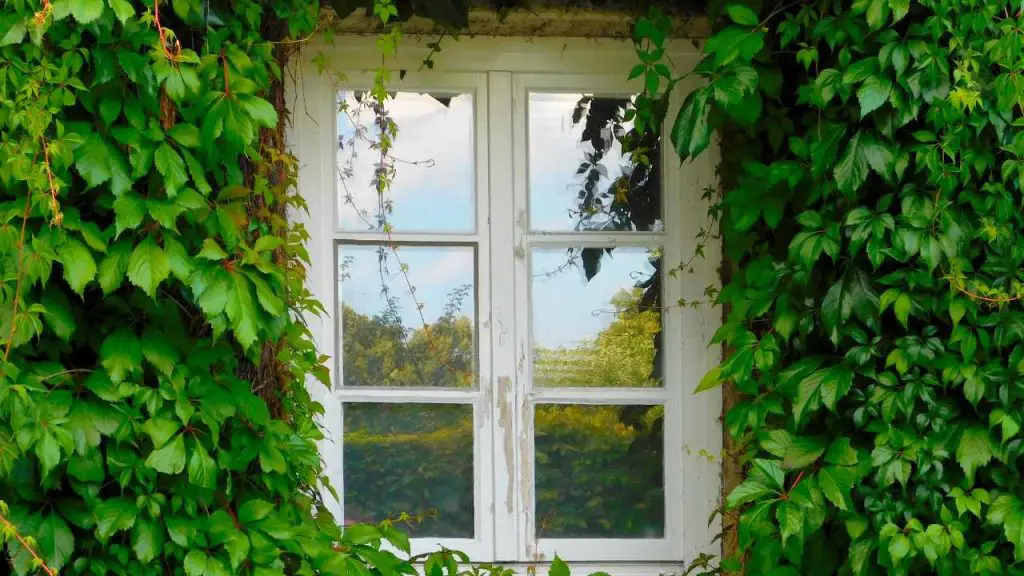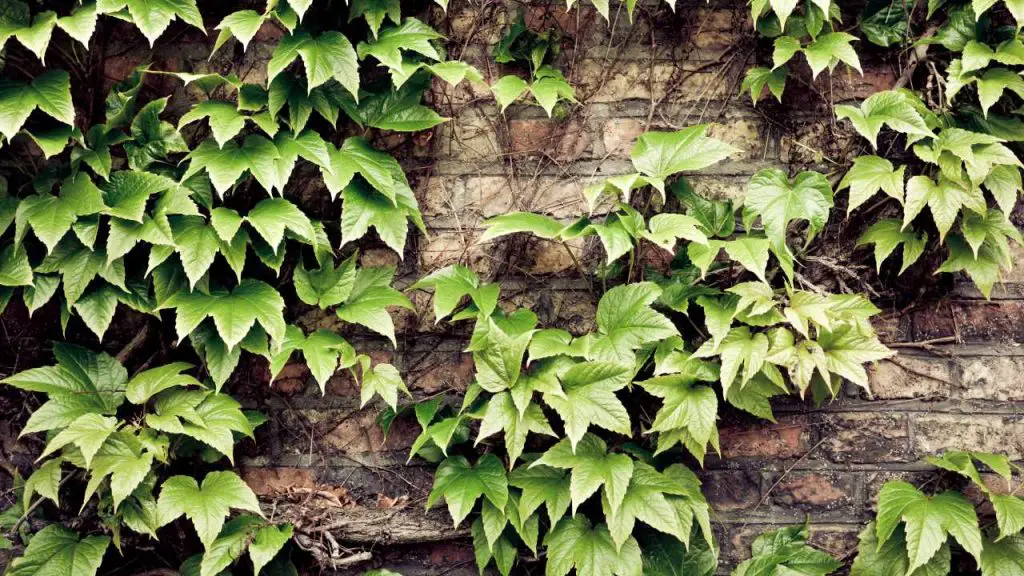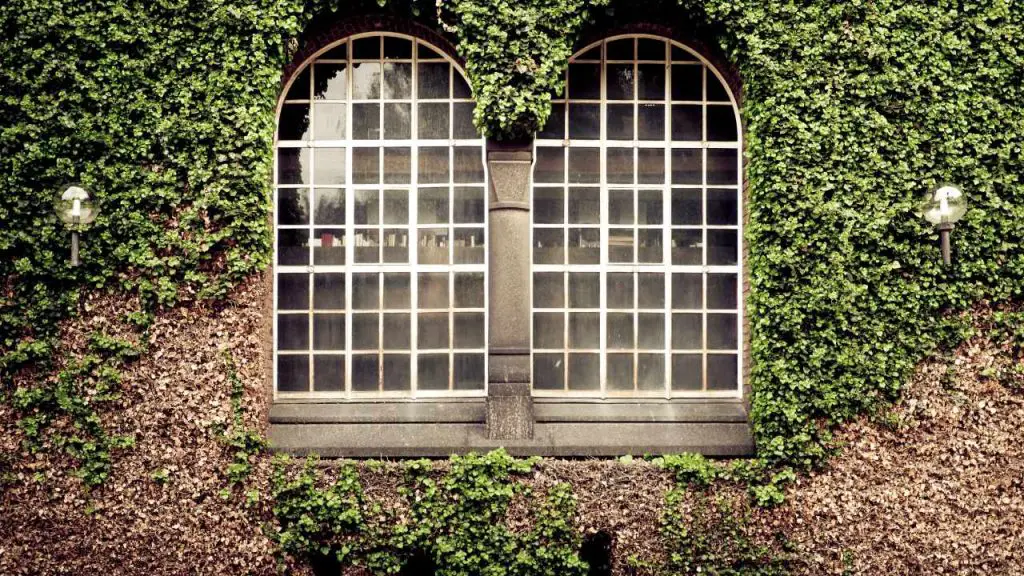Looking for a plant that can add greenery to the indoors. Yet there are a lot of plants that can do that. Actually, there are a lot of creeping plants that add ornamental value to indoor settings, whether it is a household or it is a corporate setting.
But important is that which plant is easy to plant and grow and also has other benefits. Well, you are at the right place. The ivy plant is such a plant that can fulfill your needs, for which you are looking. That’s why we are going to discuss how to grow ivy on house.

Ivy plant
The Ivy plant, also known as Hedera Helix, is a popular evergreen climbing vine that is native to Europe, Western Asia, and North Africa.
It is a versatile plant that can grow both indoors and outdoors and is commonly used for decoration in homes, offices, and public spaces.
The Ivy plant has dark green, glossy leaves that are usually pointed and have a distinctive shape with three to five lobes. Ivy is a climbing plant that can grow up to 100 feet long if given the right support. It can also be trained to grow along the ground as a ground cover.
The Ivy plant produces small, greenish-yellow flowers in late summer or early fall, followed by black berries that are toxic if ingested.
Ivy is relatively easy to care for and can tolerate a wide range of conditions. It prefers moist, well-draining soil and indirect light.
Overall, Ivy is a popular choice for those looking for a low-maintenance, attractive plant that can be used in a variety of settings.
However, it’s important to note that Ivy can be toxic to pets and children if ingested, so care should be taken when placing it in areas where it may be easily accessible.
There are many benefits of planting ivy plants in indoor settings. Here are some of the main benefits as follows:
Improving air quality
Ivy plants are known for their ability to purify the air by removing harmful pollutants such as benzene, formaldehyde, and trichloroethylene from the atmosphere. It makes the atmosphere fresh and breathable. You would surely enjoy it.
Enhancing aesthetics
Ivy plants are a popular choice for indoor and outdoor decoration due to their attractive foliage and ability to climb walls, trellises, and fences. It is usually placed at the settings which are mounted along the walls, or placed on the table. It climbs quickly and smoothly.
Providing shade
Ivy plants can create a natural shade cover that can protect your home or outdoor space from excessive sunlight, reducing the need for air conditioning and cooling systems. It can cover the walls of rooms and buildings.
Reducing noise pollution
The dense foliage of ivy plants can absorb sound and reduce noise levels, making them an excellent option for creating a peaceful environment. But it can also interfere With the other plant’s space. So do plant it in the right-spaced area.
Providing a habitat for wildlife
Ivy plants attract a variety of insects and birds, providing a natural habitat for wildlife in your garden or outdoor space. This will facilitate pollination among many of the plants, which finally increases the fruiting as well.
Low maintenance
Ivy plants are relatively low maintenance and require minimal attention, making them an ideal choice for busy individuals or those with limited gardening experience. Once minimum requirements are met, then you are good to go.
Overall, planting ivy plants can provide both aesthetic and environmental benefits, making them an excellent addition to any home or outdoor space. But be aware, it is toxic to pets and children. Keep them away from it.
How To Grow Ivy On House?

Growing ivy plants on the exterior of your house can add a beautiful and natural touch to your home’s appearance. While this process is also quite easy and enjoyable. Here are the steps to grow an ivy plant in your house:
Choose the right type of ivy
There are several types of ivy plants that you can grow in your house. English Ivy, Algerian Ivy, and Boston Ivy are popular choices. English Ivy is the most common type used for wall coverings because of its clinging ability and the fact that it is evergreen.
Choose a location
Select a spot on your house that receives partial to full shade. Ideally, the area should be protected from harsh sunlight and strong winds. Well, it can also grow in the full sun as well. But it has shade tolerance so partial shade is good for ivy plant growth.
Prepare the surface
Clean the surface where you plan to grow the ivy plant. Remove any debris, dirt, and loose paint. You can use a stiff brush or pressure washer to do this. Because then this plant is going to spread, and you will have little choice but to do the same.
Install a support system
Install a trellis, wires, or mesh netting to provide support for the ivy plant to climb. Make sure the support system is secure and can hold the weight of the ivy plant. As we all know it is a creeping plant, and it will spread a lot. So, a good support system is needed for sure.
Plant the ivy
Dig a hole at the base of the support system and plant the ivy plant. Water it thoroughly after planting. Make sure that the hole in the soil is enough to hold the root ball of the ivy plant. Be careful while planting, so that roots don’t get harmed.
Soil PH should be between 5.5 to 6.5. Also, make sure the soil is well drained. Because ivies don’t like over-watering as it can cause problems. Also, watering is also not good for ivy plants.
Monitor the plant
Check the ivy plant regularly for signs of pests or disease. Treat any problems promptly to prevent them from spreading. Remember that ivy plants can grow quickly and become quite dense, so it’s essential to keep an eye on the plant and prune it regularly to prevent damage to your house.
Keep Reading
- Houseplants You Can Easily Propagate From Cuttings
- Houseplants Decor For Your Kitchen
- How To Make Houseplants Grow Faster?
Taking Care Of The Ivy Plants

Ivy plants are popular houseplants due to their attractive foliage and ease of care. But they need keen care. It is because it can spread very fast. That’s why here are some tips on how to take care of ivy plants:
Light requirements
Ivy can handle some of the bright light, but too much can scorch their leaves. That’s why partial shade is good for the ivies. This will fulfill both of the requirements, sunlight as well as indirect light.
Watering requirements of ivy plants
Water ivy plants when the top inch of soil feels dry to the touch. Be careful not to overwater, as ivy plants don’t like sitting in soggy soil. just keep a good balance in watering the ivy plants. Over-watering and less watering both can damage the plant severely and it can die.
Humidity requirements
Ivy plants thrive in humid environments, so consider misting them regularly or placing a humidifier near them. These plants love humidity. You can also place pebbles, with water which will also increase the humidity in the environment or at least around the ivy plant.
Fertilizer requirements
Fertilize ivy plants once a month during the growing season (spring and summer) with a balanced, water-soluble fertilizer. Don’t over-fertilize the ivy plants. It can damage them as well.
Pruning requirements
Ivy plants can become quite long and leggy over time. Prune them back regularly to encourage bushier growth. You need to keep a keen eye on the growth of ivy plants. It can interfere with the space of the other plants.
Also, it can grow in unplanned directions. So prune it to keep it in the shape and in the control. Pruning will not only direct it well, but also it will look good and there will be resistance to diseases.

Pests and diseases
Ivy plants can be prone to spider mites and mealybugs. Check your plant regularly for signs of infestation and treat promptly if necessary. The diseases like root rot, leaf spot, and others can impact the ivy plants.
If you see any symptoms do take appropriate actions and consult with the local horticulturist to have effective remedial action.
By following these simple tips, you can enjoy a healthy and attractive ivy plant in your home. Be careful about its nature of being poisonous. It can hurt children and pets as well.
In short, the ivy plant is a very good ornamental plant. Even traditional herbalists use it for medicinal purposes as well. You just need to make sure that its poisonous nature is well addressed and its growth is under keen observation. In this way, you would be able to enjoy the ivy plant on house easily and effectively.
